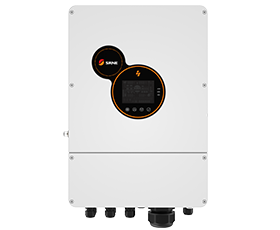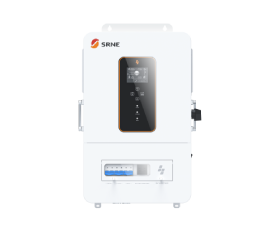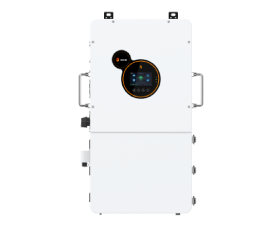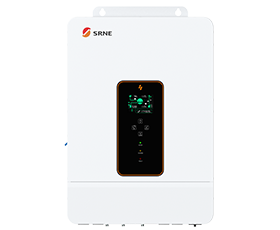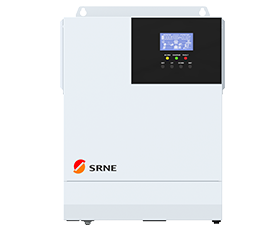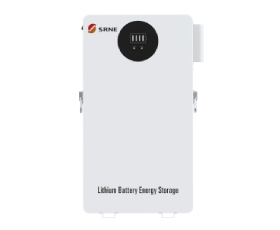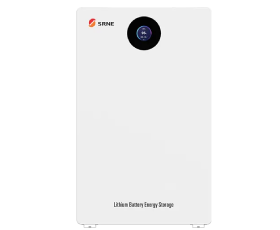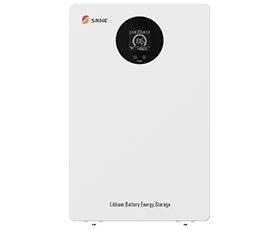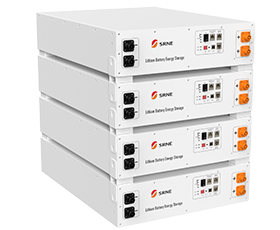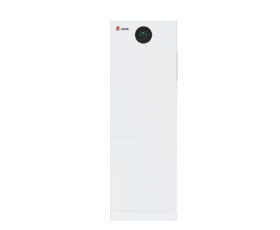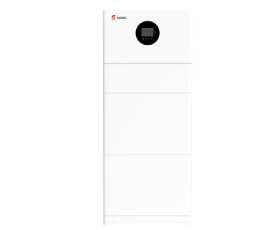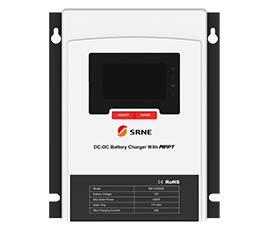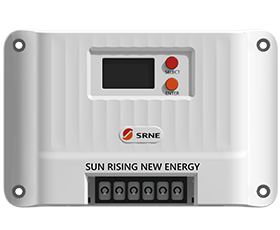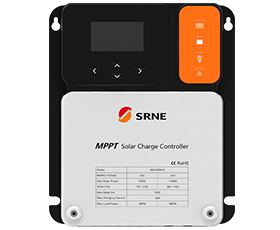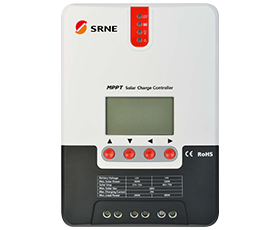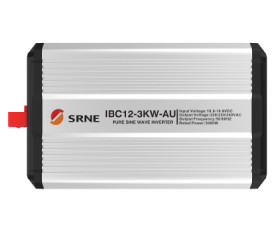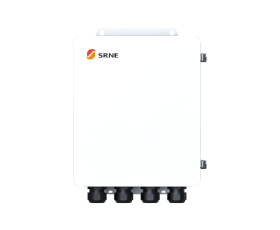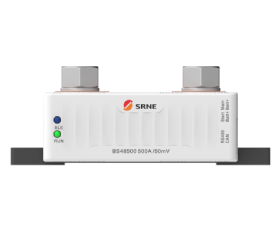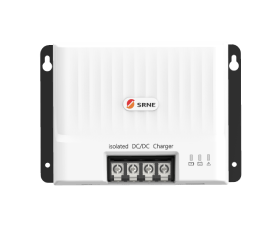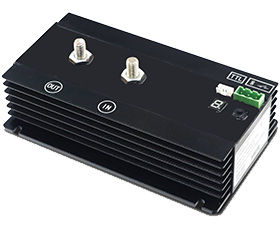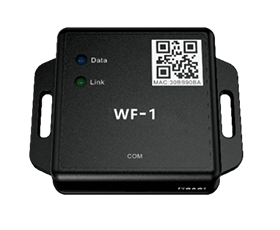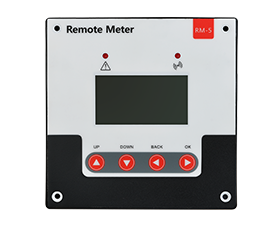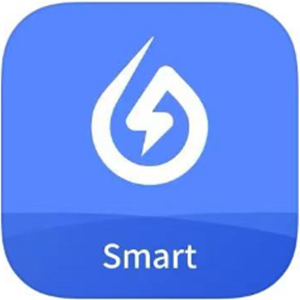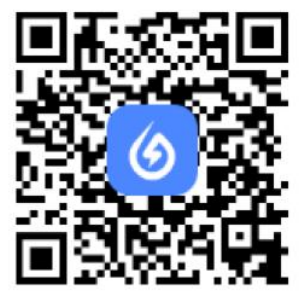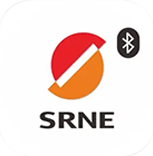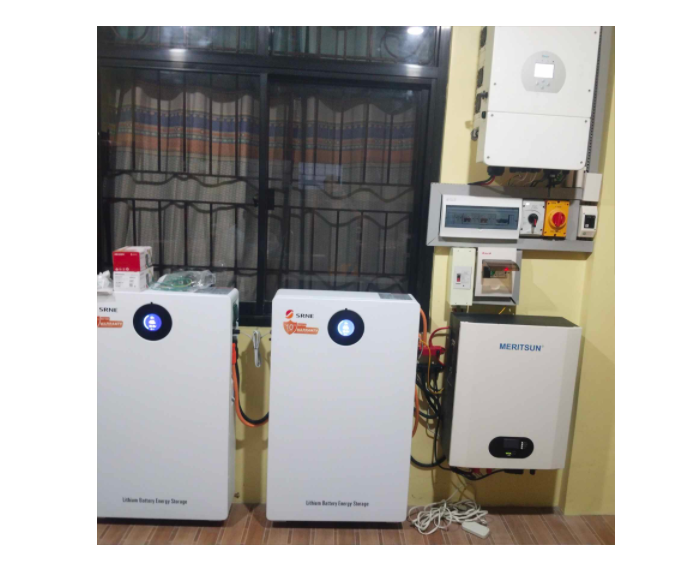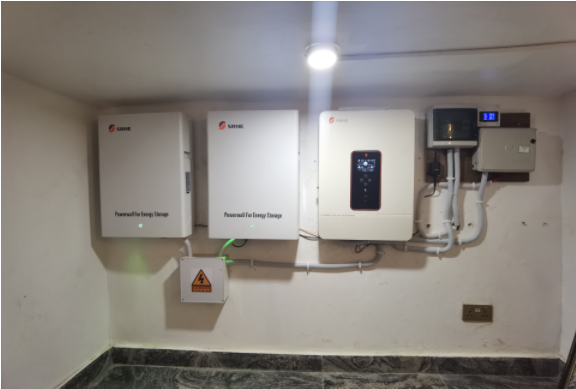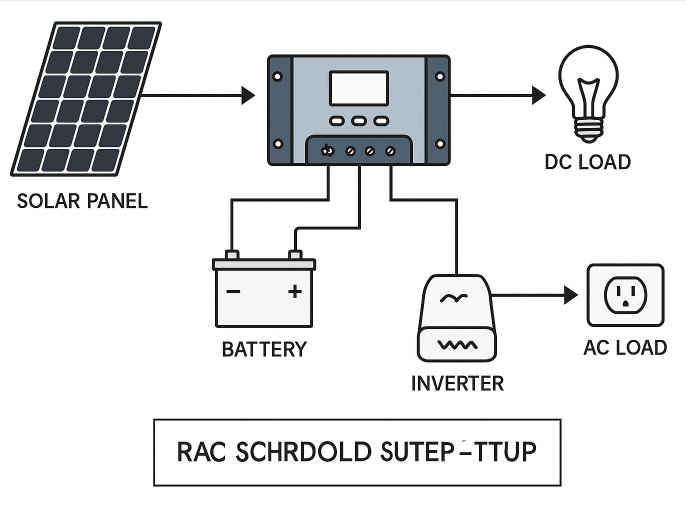MPPT vs PWM Solar Charge Controller: What You Need to Know in 2025
As solar technology continues to evolve in 2025, one question still confuses many users: Should I choose an MPPT or PWM solar charge controller?This guide will break down the solar charge controller differences, advantages, limitations, and the latest trends to help you make the right decision for your solar project.
1.What Is a Solar Charge Controller?
A solar charge controller regulates the voltage and current coming from the solar panels and delivers it safely to the battery. Without it, batteries would quickly become damaged due to overcharging or inefficient energy transfer.There are two main types:PWM (Pulse Width Modulation) ; MPPT (Maximum Power Point Tracking)Both serve the same purpose but operate differently and suit different system sizes and budgets.
2.PWM Solar Charge Controller Overview: Simple, Affordable, and Effective
2.1How It Works
PWM (Pulse Width Modulation) controllers act like electronic switches that gradually reduce the current flowing into the battery as it approaches full charge. Once the battery reaches its set voltage, the controller maintains that level by sending short bursts of energy—essentially “pulsing” to prevent overcharging.
2.2 When PWM Makes Sense
PWM controllers are simple, reliable, and highly affordable, making them a popular choice for small, low-power systems where cost is a bigger concern than efficiency.In the U.S., many DIYers use PWM charge controllers for basic backyard solar lighting systems or 12V battery trickle chargers in sheds or barns. In rural Africa or Southeast Asia, NGOs often deploy PWM-based solar kits in micro-solar home systems due to their low cost and ease of deployment.
3.MPPT Solar Charge Controller: Smarter Power for High-Performance Systems
3.1How It Works
MPPT (Maximum Power Point Tracking) controllers use advanced electronics to continuously analyze the output of your solar panels. They dynamically adjust the load to operate panels at their optimal voltage and current—extracting the maximum available power at any given moment. This harvested power is then converted and delivered to the battery at the correct charging voltage.
3.2 Why MPPT Stands Out
In larger or more demanding solar systems, especially those using multiple panels or lithium battery banks, the performance gains of MPPT are significant. For example, off-grid homeowners in Canada benefit from MPPT’s ability to adapt to cold, fluctuating sunlight in winter. Similarly, RV users in the U.S. and Europe rely on MPPT controllers to get the most out of limited roof space and varying travel conditions.
4.MPPT vs PWM: Side-by-Side Comparison
4.1Comparison of advantages and disadvantages
Strengths | Limitations | Best Fit Applications | |
PWM | 1.Low upfront cost 2.User-friendly operation 3.Voltage-matched reliability | 1.Limited efficiency 2.Voltage-dependent 3.Weather-sensitive 4.Underutilizes high-voltage arrays | 1.Solar garden/pathway lighting 2.Off-grid tiny homes/sheds 3.Educational solar kits/entry-level DIY projects |
MPPT | 1.Ultra-high efficiency (up to 99%) 2.High-voltage compatibility 3.Scalable system design 4.Smart integration | 1.Costlier initial investment 2.Moderate setup complexity 3.Precise sizing/voltage alignment | 1.Off-grid homes/cabins 2.RVs, camper vans, boats (solar) 3.Commercial/industrial solar systems 4.Solar-powered telecom/surveillance systems |
4.2Feature Comparison Between MPPT and PWM Solar Charge Controllers
Feature | PWM Controller | MPPT Controller |
Efficiency | 70–80% | 95–99% |
Cost | Lower | Higher |
Panel Voltage Flexibility | Must match battery voltage | Accepts higher voltages |
Performance in Low Light | Poor | Excellent |
Best for | Small/simple systems | Medium to large systems |
Complexity | Low | Moderate |
5.What’s New in Solar Charge Controllers in 2025?
The solar charge controller landscape in 2025 is undergoing a major transformation, driven by advancements in smart energy management, system integration, and user-centric design. Here are the top trends you need to know:
Smart MPPT Controllers
Modern MPPT controllers are increasingly equipped with Bluetooth, Wi-Fi, or full IoT connectivity, allowing real-time system monitoring and remote configuration through mobile apps and cloud dashboards. This is especially valuable for RV users, remote off-grid sites, and commercial energy managers.
All-in-One Hybrid Integration
Cutting-edge MPPT models now combine multiple functions—charge controller, inverter, and battery management system (BMS)—into a single compact unit. This simplifies installation, reduces component costs, and enhances system reliability.
Support for Higher Voltage Systems
As solar installations scale up, new MPPT controllers are designed to handle input voltages of 150V, 250V, or even higher, making them ideal for large rooftop arrays or commercial setups that benefit from reduced wiring losses and improved efficiency.
AI-Powered Charging Algorithms
Adaptive charging logic, driven by artificial intelligence and machine learning, is becoming more common. These algorithms optimize charging cycles based on battery chemistry (e.g., LiFePO₄, AGM, GEL) and real-time environmental conditions to extend battery life and maximize solar yield.These innovations are making MPPT solar charge controllers more powerful, more intelligent, and better equipped to handle the evolving energy demands of modern systems.
6.Recommended Models by Application (2025)
Application | Recommended Type | Example Model |
Home or commercial storage | MPPT | Huawei SUN2000-15KTL-M2 |
RV or mobile system | Budget MPPT / PWM | Renogy Rover 40A / LS1024B |
12V/24V off-grid system | MPPT | BELTTT BGA30X-MPPT |
48V high-voltage system | MPPT | Victron MPPT 150/35 |
Lead-acid battery setup | PWM/MPPT with temp comp | SRNE SR-ML2430 |
Lithium battery system | MPPT with 14.6V cutoff | YX2265 |
Choosing the right solar charge controller depends on several key factors, including system size, input voltage, battery chemistry, and application scenario. Whether you're powering a small off-grid light or a large energy storage system, selecting the right controller ensures better performance, longer battery life, and overall system reliability.
Conclusion:
In 2025, both MPPT and PWM solar charge controllers have their place. The right choice depends on your budget, system size, and performance goals.With MPPT technology becoming more affordable and smarter, it’s increasingly the preferred choice for modern solar systems. But PWM still holds value for cost-effective, small-scale applications.Need help choosing the right controller for your project?Contact our team at SRNE for expert advice, custom solutions.




















